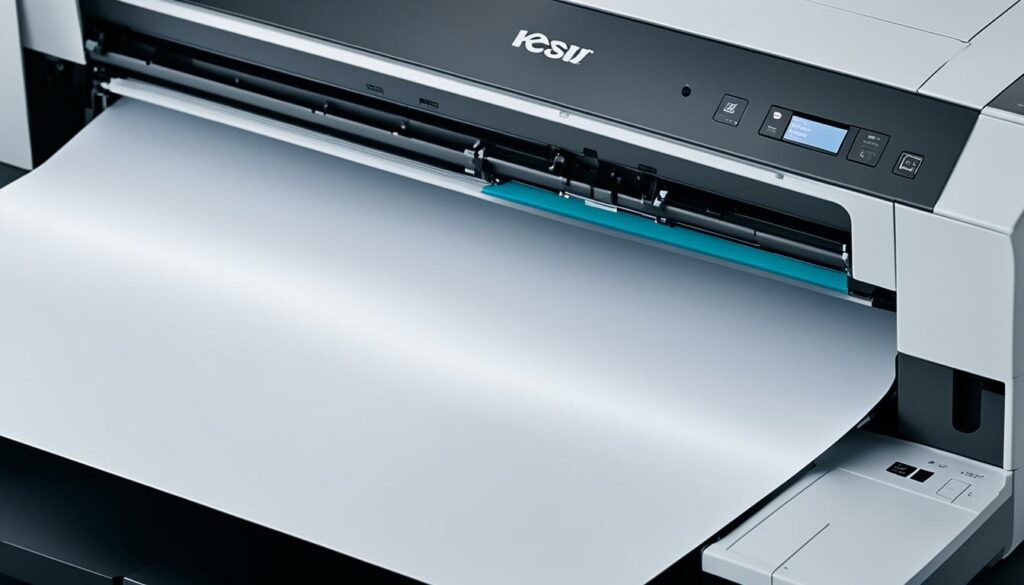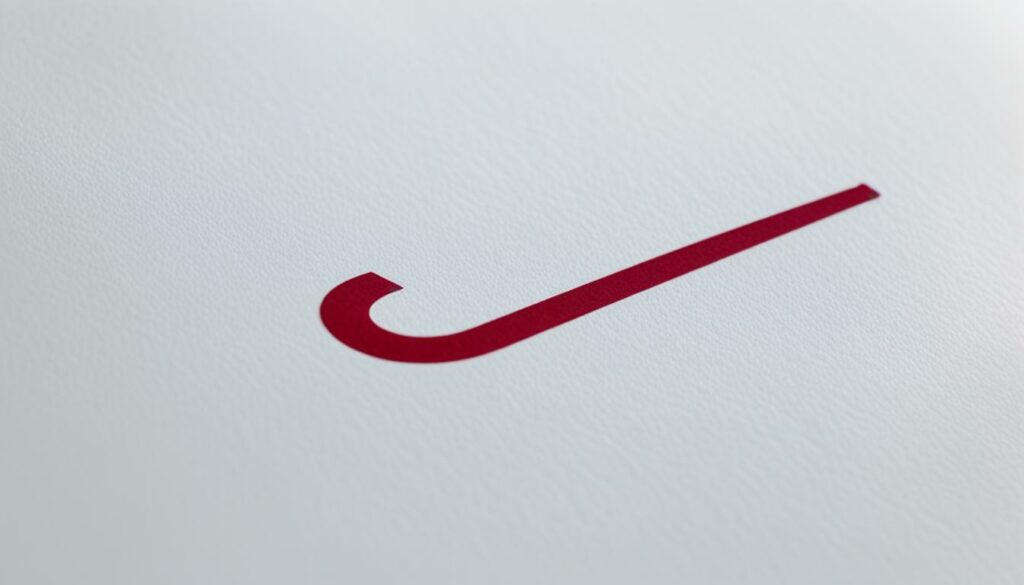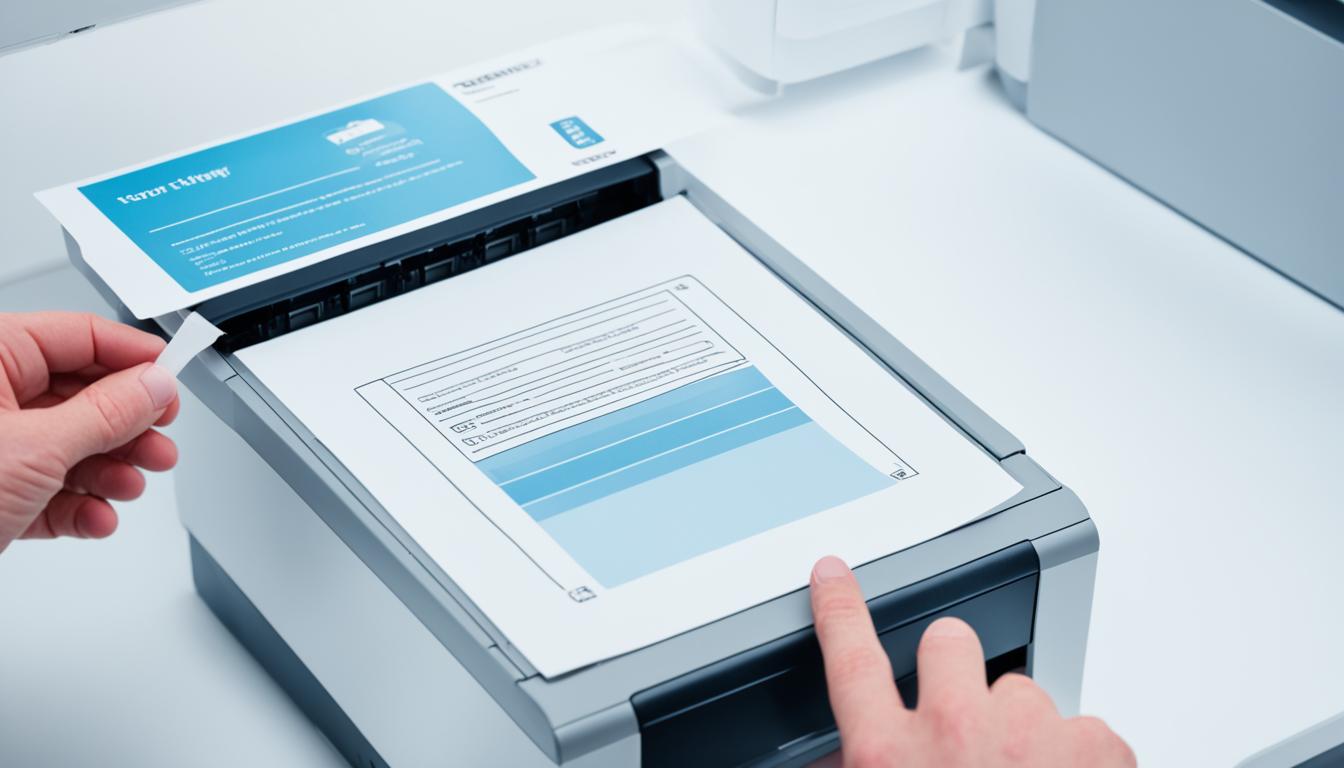Are you wondering how to print in white color? Whether you want to create eye-catching labels, transfer designs onto different surfaces, or print graphics on fabric, there are various methods available to achieve white text or graphics. In this comprehensive guide, we'll explore step-by-step instructions on printing in white color, including using specialized printers or toners, transfer paper with a white background, and screen printing. By following these easy steps, you'll be able to bring your designs to life with crisp and vibrant white ink.
Key Takeaways:
- Printing in white color can be accomplished using specialized printers with white toner or direct-to-garment printers.
- Transfer paper with a white background provides an alternative method for printing white text or graphics, suitable for home printing.
- Screen printing offers a hands-on approach and allows for precise and customizable white ink designs.
- Consider your budget, desired quality, and level of expertise when choosing the printing method that best suits your needs.
- By following the step-by-step instructions provided in this guide, you can create stunning designs with white text or graphics on various media.
Using Specialized Printers or Toners
One of the most straightforward ways to print white text or graphics is by using specialized printers or toners. White toner printers, such as those from OKI or UniNet, come equipped with white toner cartridges that allow you to print white directly onto transfer paper or other media. These printers work similarly to standard color laser printers but have an additional white toner cartridge.
Another option is to use direct-to-garment (DTG) printers, which are specifically designed for printing graphics directly onto fabrics, including transfer paper. These printers can print white ink along with other colors, making them suitable for creating intricate designs with white text. Both options offer high-quality results but can be relatively expensive, especially for professional or commercial use.
If you're looking for professional-grade white printing, white toner printers can be an excellent investment. For example, the OKI C711WT White Toner Laser Printer provides vibrant and opaque white printing on various media, including dark transfer paper, cardstock, and envelopes. The printer's white toner cartridge ensures crisp and sharp white text or graphics, adding depth and contrast to your designs.
However, if you're working on smaller projects or need more versatility, direct-to-garment printers like the Epson SureColor F2100 can be a suitable choice. These printers offer the ability to print white ink along with other colors directly onto fabrics, ideal for creating personalized t-shirts, hoodies, and other garments. With the ability to print complex designs and intricate details, direct-to-garment printers provide a professional finish.
Pros and Cons of Using Specialized Printers or Toners
| Pros | Cons |
|---|---|
| Produces vibrant and opaque white prints | Relatively expensive, especially for professional use |
| Offers high-quality results | Requires additional equipment or toners |
| Allows for printing white directly onto various media | Can be more complex to set up and operate |

When using specialized printers or toners, it's essential to consider your specific printing needs, budget, and desired quality. If you require vibrant and opaque white prints on various media, investing in a white toner printer may be the ideal choice. However, if versatility and the ability to print complex designs on fabrics are your priorities, a direct-to-garment printer might be more suitable.
Next, we'll explore an alternative method for printing white text on transfer paper using transfer paper with a white background.
Transfer Paper with a White Background
When it comes to printing white text on transfer paper, using transfer paper with a white background is an excellent alternative method. This type of transfer paper has a white base layer, which allows your white text to show up clearly and vividly. The best part is that you can easily do this at home using a standard printer.
To get started, design your artwork with white text on a transparent or colored background. Then, load the transfer paper with a white background into your printer and print your design onto the paper. After printing, carefully trim the design, leaving only the white text on the white background. Finally, follow the instructions provided with the transfer paper to apply your design to the desired surface.
Using transfer paper with a white background is a convenient and cost-effective way to achieve professional-looking results with white text, right in the comfort of your own home. Whether you're creating personalized t-shirts, custom decals, or other craft projects, this method ensures that your white text stands out beautifully.

Screen Printing
If you're looking for a more hands-on approach and are open to screen printing, you can achieve white text on transfer paper through this method. Screen printing offers excellent color opacity, including white. To begin, create a stencil of your design, including the white text, on a silk screen using photo emulsion or another stencil-making method. Place the transfer paper onto the surface you want to print on, position the silk screen over the paper, and apply white screen printing ink over the stencil using a squeegee. Lift the silk screen to reveal your white text on the transfer paper. Screen printing requires some equipment and practice but allows for precise and customizable results.
Screen printing is a versatile technique that can be used for a wide range of applications. It is commonly used for printing on fabric, such as t-shirts, hoodies, and tote bags. However, it can also be used to print on other surfaces like paper, cardboard, and even wood.
One of the key advantages of screen printing is its ability to produce vibrant and opaque colors, including white. This makes it ideal for printing white text on transfer paper, as the ink will stand out and be clearly visible. The hands-on nature of screen printing also allows for a greater level of control and customization, allowing you to achieve the exact look and feel you desire.
While screen printing does require some equipment and practice, it is a rewarding skill to learn. With the right tools and techniques, you can create professional-quality prints with ease. Whether you're a seasoned printer or just starting out, screen printing offers a tactile and engaging printing process that can bring your designs to life.
Benefits of Screen Printing
Screen printing offers several benefits that make it a popular choice for printing white text on transfer paper:
- Excellent color opacity: Screen printing allows for vibrant and opaque colors, ensuring that your white text stands out.
- Precise and customizable results: With screen printing, you have full control over the printing process, allowing for precise and customizable results.
- Versatility: Screen printing can be used on various surfaces, including fabric, paper, and wood.
- Durability: Screen printed designs are known for their durability and longevity, making them ideal for transfer paper applications.
Overall, screen printing offers a hands-on approach to printing white text on transfer paper, allowing you to achieve high-quality results with maximum control and customization.

| Pros | Cons |
|---|---|
| Excellent color opacity | Requires some equipment and practice |
| Precise and customizable results | Can be time-consuming for large quantities |
| Versatile printing method | Not suitable for small intricate designs |
| Durable prints | Requires screen preparation for each design |
Conclusion
Summing up, white ink printing techniques offer a range of options for creating eye-catching designs with white text or graphics. Depending on your budget, desired quality, and level of expertise, you can choose from specialized printers or toners, transfer paper with a white background, or screen printing.
Specialized printers or toners like white toner printers and direct-to-garment printers provide high-quality results for professional or commercial use. However, they can be relatively expensive. On the other hand, transfer papers with a white background offer a more accessible and affordable option for home or small-scale projects, allowing you to print white text at home using standard printers.
If you're looking for a hands-on approach and are willing to invest some equipment and practice, screen printing is a great choice. It offers the ability to achieve precise and customizable results, including white text on transfer paper.
In summary, by following the step-by-step instructions for each technique, you can successfully print in white color and unleash your creativity on various media, from transfer paper to fabrics. Choose the method that suits your needs and start creating captivating designs with white text today.
Source Links
- https://medium.com/@guidesarena/how-to-print-white-text-on-transfer-paper-0d3ea5d5bae7
- https://www.avery.com/blog/how-white-ink-underprint-makes-labels-pop/
- https://www.siserna.com/a-guide-to-easycolor-dtv/

Morgan Azhari, the owner of PrinterUpdate.net, is a dedicated expert in the field of printers, leveraging a wealth of experience and education to create a platform that passionately shares insights and solutions.
With a goal to enhance the printer user experience, my vision for the website is to provide valuable content, making a positive impact on individuals navigating the complexities of printers.
